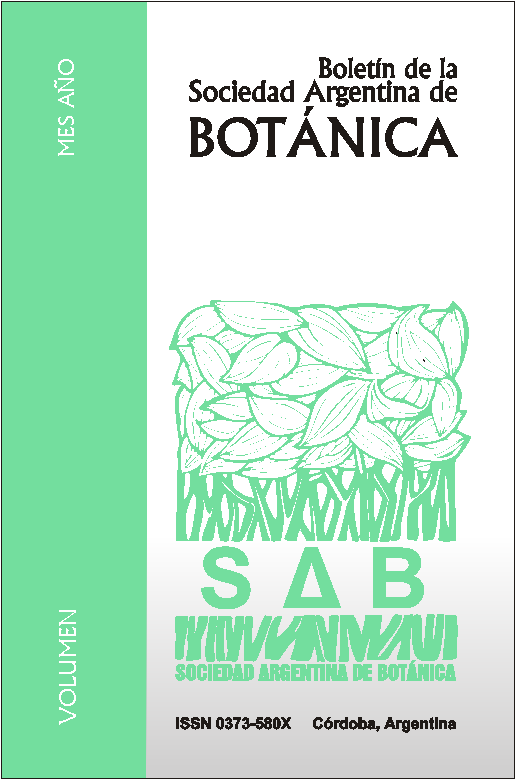Periphyton as indicator of non-point pollution: the case of upper basin of the Reconquista river (Buenos Aires, Argentina).
DOI:
https://doi.org/10.31055/1851.2372.v51.n4.16335Keywords:
Periphyton, non-point pollution, Reconquista River, agriculture, cattle farming.Abstract
Periphyton as indicator of non-point pollution: the case of upper basin of the Reconquista river (Buenos Aires, Argentina). Periphyton in the upper basin of the Reconquista River was studied in order
to identify the species that compose and analyze possible changes in its structure due to diffuse pollution from agricultural activities. Six samplings were carried out between December 2006 and May 2008 at
intervals of three months in eight reaches adjacent to areas where agricultural and cattle farming activities are developed. Significant differences between the two types of activity were found applying similarity analysis between communities being higher the concentration of chlorophyll-a and lower the autotrophy indexes in agricultural areas. A total of 158 species per reach were found with highly variable species richness (at least 10 species and 67 species maximum). Neither an outstanding dominance by any of the species nor among diversity estimated by Shannon index were found at all sites. The conclusion was that the presence of Ulnaria ulna and Gomphonema parvulum was associated with agricultural sites whereas Nitzschia palea, Raphidiopsis mediterranea and Trachelomonas sp3 were associated with cattle farming.
Downloads
Published
Issue
Section
License
Provides immediate and free OPEN ACCESS to its content under the principle of making research freely available to the public, which fosters a greater exchange of global knowledge, allowing authors to maintain their copyright without restrictions.
Material published in Bol. Soc. Argent. Bot. is distributed under a Creative Commons Attribution-NonCommercial-ShareAlike 4.0 International license.





